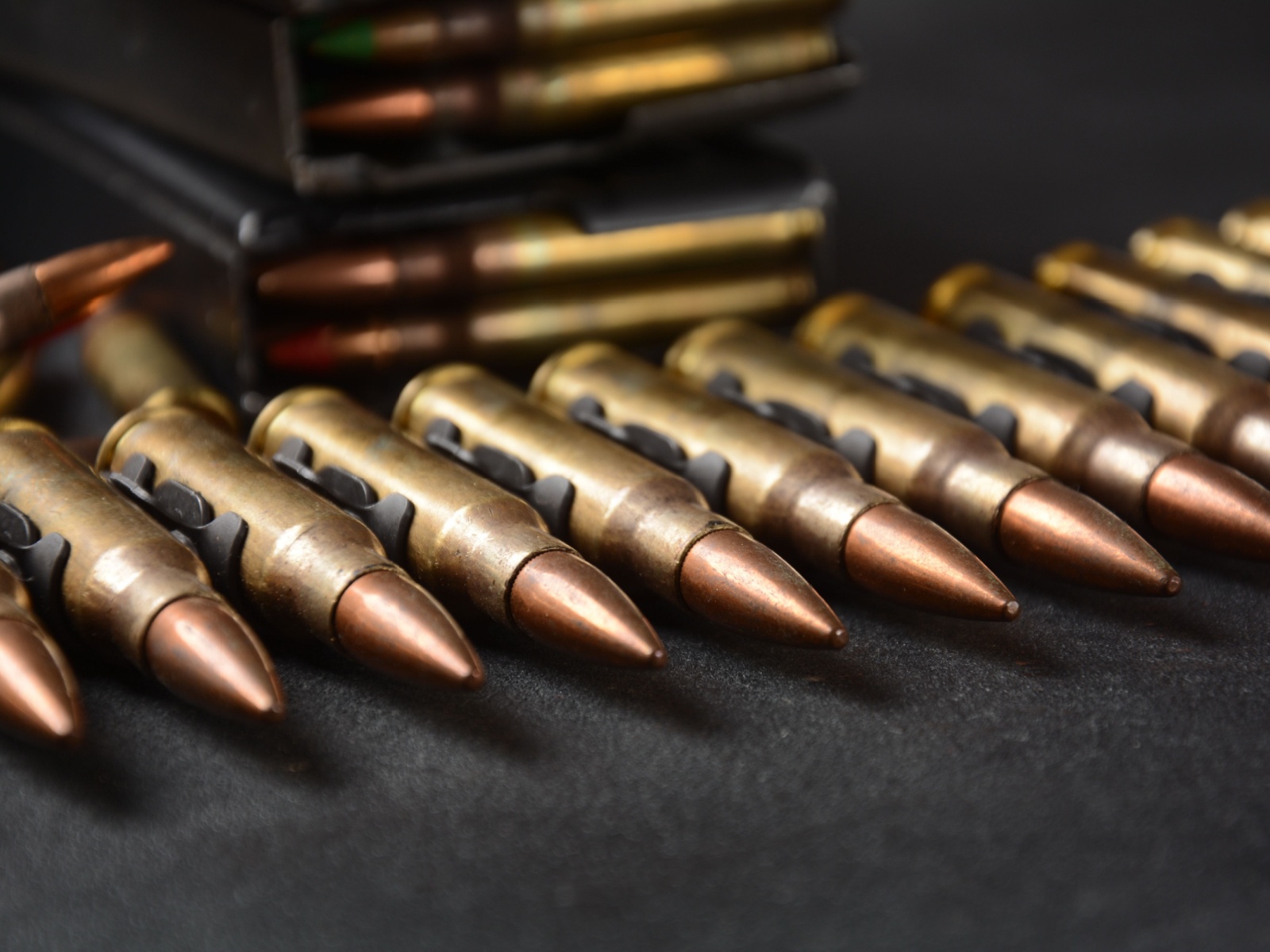GOST 39522 Environmental Conditioning of Small Arms Cartridges
The GOST 39522 standard is a critical component in the development and quality assurance process for small arms cartridges. Developed by the Russian Standardization Committee, this document specifies the environmental conditioning procedures that ensure the reliability and performance of ammunition under various climatic conditions. The primary objective is to verify that the cartridges meet stringent requirements set forth by military and defense standards.
The testing protocol outlined in GOST 39522 involves subjecting small arms cartridges to a series of environmental stresses, including temperature cycling, humidity exposure, and pressure variations. This rigorous process simulates real-world conditions encountered during deployment, ensuring that the ammunition remains functional under extreme circumstances. Compliance with this standard is mandatory for manufacturers looking to gain market access in Russia or any other country adhering to GOST standards.
The environmental conditioning tests are designed to replicate the stressors that a cartridge might experience throughout its lifecycle—from production through storage and eventual use. By subjecting cartridges to controlled environments, laboratories can identify potential weaknesses or failures before they become critical issues in operational settings. This proactive approach ensures not only the safety of personnel but also optimizes weapon systems for optimal performance.
The test methodology is meticulously detailed within GOST 39522, specifying precise temperature ranges and humidity levels to which cartridges must be exposed. Additionally, pressure variations are carefully regulated to simulate altitude changes that might affect cartridge function. The duration of each exposure period ensures thorough assessment of the material properties and structural integrity.
The testing process is highly standardized, aligning with international standards such as ISO 9236-1:1990 for ammunition performance evaluation. However, GOST 39522 introduces additional parameters that cater specifically to Russian military requirements. These include the use of specialized humidity chambers capable of maintaining precise relative humidity levels, coupled with temperature-controlled chambers designed to simulate arctic and desert conditions.
During testing, cartridges undergo rigorous inspection at various stages. Key performance indicators (KPIs) measured during these inspections include cartridge ignition reliability, primer sensitivity, case strength, and overall structural integrity. Any deviations from the specified tolerances indicate potential issues that need addressing before mass production or deployment.
The results of GOST 39522 testing are meticulously documented and reported. Compliance reports provide detailed insights into how well each batch meets the stringent requirements set by this standard. These reports are essential for quality control, R&D activities, and procurement decisions within military and defense organizations. They serve as a critical tool in ensuring that ammunition remains reliable under all conditions.
Why It Matters
The importance of GOST 39522 cannot be overstated, especially for those involved in the military and defense sector. Ensuring that small arms cartridges meet these stringent environmental conditioning standards is crucial for several reasons:
- Operational Reliability: By subjecting cartridges to controlled environmental stressors, manufacturers can identify potential weaknesses early on, preventing failures during critical operations.
- Safety Assurance: The tests help guarantee that ammunition remains safe and reliable under extreme conditions, reducing the risk of accidents or malfunctions in the field.
- Performance Optimization: GOST 39522 testing ensures that cartridges perform optimally across a wide range of environments, enhancing weapon system efficiency.
- Regulatory Compliance: Adherence to this standard is mandatory for manufacturers seeking market access in Russia or other countries adhering to GOST standards.
For quality managers and compliance officers within military organizations, ensuring that testing aligns with GOST 39522 is a key responsibility. R&D engineers rely on these tests to refine product designs and improve performance. Procurement teams use the results of these tests to make informed decisions about vendor selection and material specifications.
The comprehensive nature of GOST 39522 testing ensures that manufacturers are prepared for real-world conditions, thereby enhancing overall operational readiness and effectiveness in military operations.
Customer Impact and Satisfaction
- Informed Decision-Making: Quality managers can confidently choose suppliers who meet GOST 39522 standards, ensuring that the ammunition they procure is reliable and meets strict performance criteria.
- Predictable Performance: Compliance with GOST 39522 ensures that the ammunition performs consistently across different environments, enhancing mission success rates.
- Risk Mitigation: By identifying potential issues early in the testing process, manufacturers can mitigate risks associated with equipment failure during critical operations.
The satisfaction of customers and stakeholders is directly linked to the reliability and performance of ammunition. GOST 39522 testing provides a robust framework for achieving these goals, ultimately leading to higher customer satisfaction and improved operational outcomes in military environments.
International Acceptance and Recognition
- Market Access: Compliance with GOST 39522 is a prerequisite for manufacturers aiming to sell ammunition in Russia or other countries adhering to this standard.
- Reputation Enhancement: Achieving and maintaining compliance with international standards like GOST 39522 enhances the reputation of manufacturing facilities, attracting more business opportunities globally.
GOST 39522 has gained significant recognition within the military and defense sector. Its stringent testing protocols have been adopted by various countries as a benchmark for ammunition performance evaluation. This standardization ensures that ammunition from different manufacturers can be compared against consistent criteria, fostering trust among international partners.





